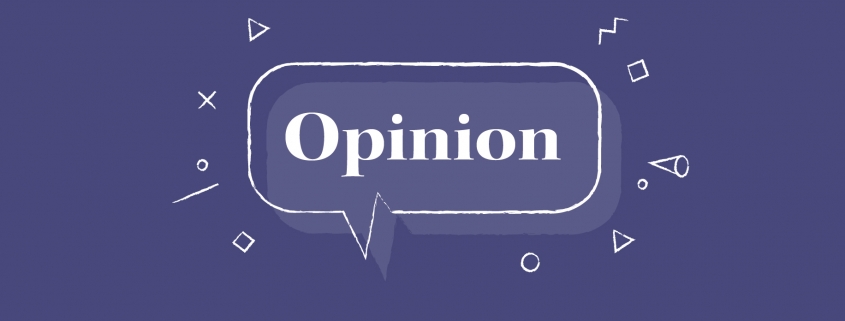The Principle’s Office: Memes are putting the ‘fun’ in non-fungible-tokens
Our parents had Picassos, and we have the Nyan Cat.
For those who are not well-versed in memes, “Nyan Cat” is an old-school viral video from 2011 with 185 million views on Youtube. The video is three minutes and thirty seven seconds of an animated cat with a pop-tart body flying through outer space, farting a rainbow that streaks the starry sky behind it as a high-pitched voice sings the words “nyan nyan nyan” in the background.
While you may not agree that this piece is worthy of being dubbed as high art, it was recently sold for roughly $600,000.
I’ve seen people all over the internet meet this price tag with hesitation, claiming that it is foolish to pay exorbitant prices for something that can already be accessed for free via the internet.
The key to the value of these cultural artifacts is authenticity. The Mona Lisa can be accessed for free via the internet by all, yet ownership of the authentic original still maintains a high value. This is because there are ways that we can authenticate the Mona Lisa as a painting that was created by Leonardo Da Vinci likely around 1503. And now, there are ways to authenticate that the $600,000 digital file containing the Nyan Cat video was the one created by Chris Torres in 2011.
The process of authenticating a digital file is commonly referred to as “minting.” More specifically, it is the process of creating a non-fungible token, or an NFT. To mint a file, creators simply need to upload their file to a minting platform and follow the steps from there. There are various types of minting platforms ranging from ones accessible to all, like Rarible and Opensea, as well as more exclusive ones that require membership on the platform, like SuperRare. Once a creator mints their file, an NFT is created.
An NFT is a type of digital asset that is entirely unique from any other digital file. No two NFTs are the same. These one-of-one tokens are hosted on a blockchain network. The blockchain network affords this asset with the ability to be traced down the chain of ownership all the way back to the original creator.
This technology has opened the door to an entire marketplace for rare digital collectibles that can now be reliably verified and authenticated. A popular example of the explosive potential for this market is NBA Topshot, an NFT collection of minted sports-highlights that has generated over $205 million in less than six months.
The ramifications of this kind of technology are innumerable, but sitting pretty at the top of this long list for all of us Reddit browsers, TikTok dwellers and Vine veterans are the consequences this technology has on memes.
We could never own memes before. They were digital files born and bred on the internet, and until NFTs officially entered the chat, they could not be authenticated. They existed equally on everyone’s devices. Now, the original meme file can be minted by its creator and reign supreme as the real version (though copies of the file can still circulate the internet infinitely).
I wonder what ramifications the potential for ownership of memes will have on internet culture. On the one hand, I am excited at the idea of meme creators getting compensated for their contributions to popular culture. Memes have definitely improved my life more than any million dollar Banksy piece has. I’d love to see the art market reflect and reward that value.
On the other hand, we saw the profession title of “influencer” rot the internet from the inside out.
Platforms that used to be reserved for non-monetizable, authentic and creative expression in the golden age of the internet quickly became fronts for influencer merch brands and kid-friendly corporate sponsorships (@ YouTube) in the span of the 10 years, after becoming viable sources of income for creators. Will the potential professional title of “meme artist” similarly rot meme culture from the inside out over the next 10 years?
Moreover, now that there’s potentially real money on the line, are boomers and big time establishments going to invade and corrupt happy-fun memeland?
Regardless of what lies in the future of the beloved meme, the fact is significant value exists in its present moment. Being meme savvy made some Reddit users a few dollars during the now-famous Gamestop short-squeeze event earlier in January. Likewise, being meme-savvy might be able to make some people a few dollars on the emerging NFT market in the same way that being art-savvy has made people millions over the last few centuries.
This is not intended as a form of financial advice, but rather, a call to young readers to keep their eyes peeled for ways they can capitalize on any extensive knowledge they may have on meme-culture before the establishments do.
The power of memes have already begun to be usurped by people who are not children of the internet. Mainstream news outlets like Bloomberg have been decoding the meme language used on r/Wallstreetbets, and memes have begun selling for $600,000 — far beyond the budget of most young memesters.
Pay attention to what’s going on in the memeworld, and capitalize on the leg up we have on the older generation. Remember, they merely adopted the meme. We were born in it, moulded by it.
Julia Leb is a junior writing about philosophy, politics and social issues. Her column, “The Principle’s Office,” runs every other Monday.

